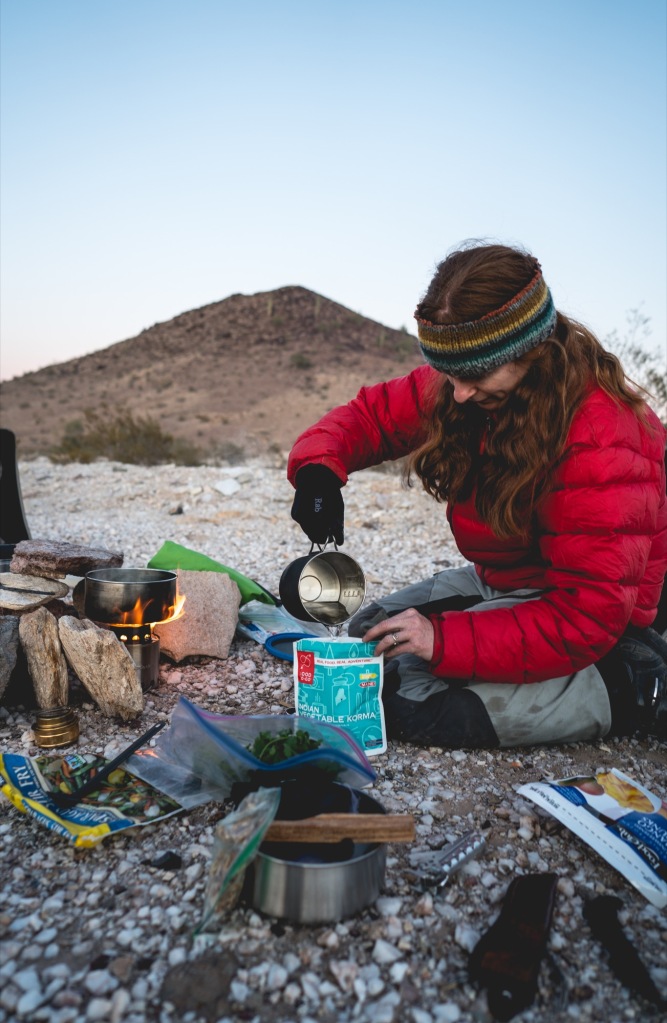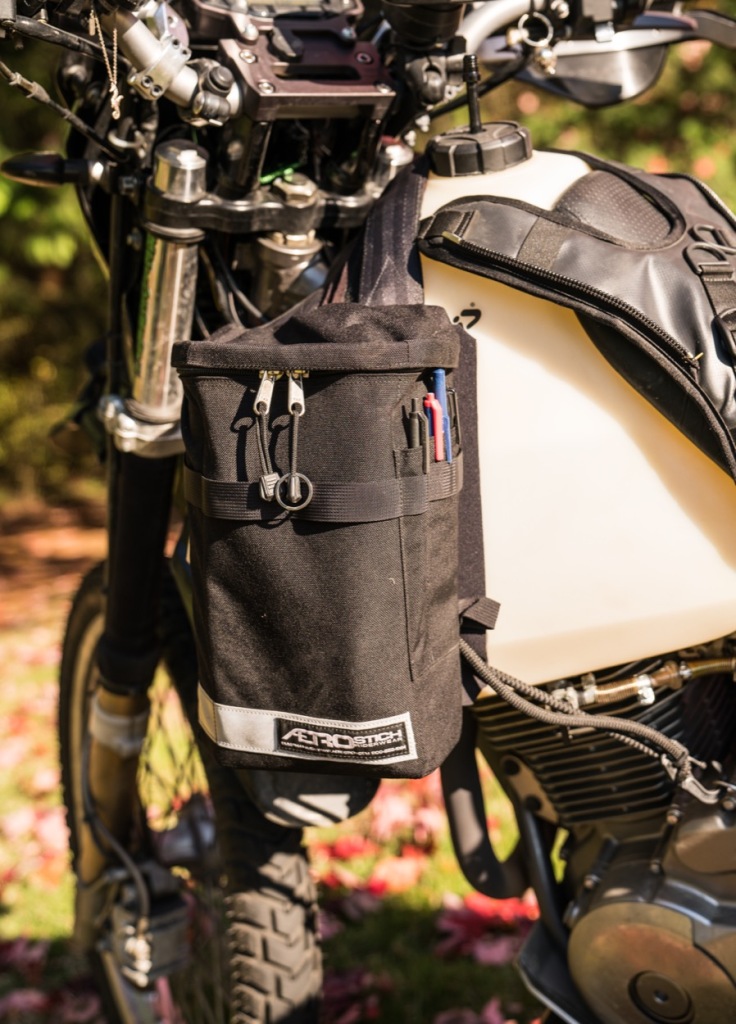Field-tested: Good To-Go
To our minds, investing in your health long-term through diet on the road is as crucial as dispensing decent gas in the tank or procuring the best engine oil one can afford. After all, you are what you eat and sometimes, it’s a challenge to achieve that through foreign lands. Particularly when budget-led options tend to be loaded with saturated fat, added sugar and, or salt, preservatives, and let’s face it, an unappealing array of unrecognizable nasties – akin to the components of a chemistry set.
Other times spent in meat-heavy cultures such as the profound one found in Argentina, getting hold of fresh vegetables can be a challenge. Practically every cut of the cow, absolutely, but not too many whole foods to achieve a healthy balance of nutrition. On top, it’s a myth if you think a person can survive on pot noodles and cans of tuna alone for months on end.
With a perpetual need to nourish our health after four years on the road, we noshed our way through the Good To-Go menu to find out whether its culinary offerings really did give us food for thought.

Cereal killer on the loose! Two minutes oat to be enough time…you’re really milking this for all it’s got, aren’t you?
Initial appraisal
Good To-Go meals are calorie-dense, something that’s needed after a long or energy-intensive day on the road, or a big hike to a backcountry campsite. When compared to meals offered by similar companies, Good To-Go ones almost always have a higher calorie count per ounce of food. The portions are also made with REAL food, where each meal is hand-made from scratch in small batches. And they’re prepared by real cooks, not food scientists. The resultant outcome is a dinner that’s more flavourful and better for you, than the traditional “space food in a bag”.
Utilization of Good To-Go

“Here, let me try, there’s a bit of a snack to it. Keep calm and curry on.”
Nutrition value
Catering to dietary requirements

A no-fry zone, yes, but there isn’t mushroom in here.
When space and weight is at a premium

“We’ve all bean there…help me pick up my bike, pretty peas?”
Conclusion

Penne for your thoughts? Okay you asked: “Don’t sweat the small stove. Good To-Go is the stove of legends!”
PROS
- Dehydrated, not freeze-dried.
- Gluten-free.
- Low in sodium.
- Handmade by cooks in Maine, USA.
- Vegan options available.
- Calorie-dense.
- No preservatives.
CONS
- Slightly longer cook time vs freeze-dried meals.
- Shorter shelf-life versus freeze-dried meals.
- Once you’ve tried Good To-Go, you may find yourself looking for excuses to be Mother Nature’s backyard, just to eat the meals.
Good To-Go | $12.50 per sachet

When all is said and dine…I’ll rule with an iron feast.